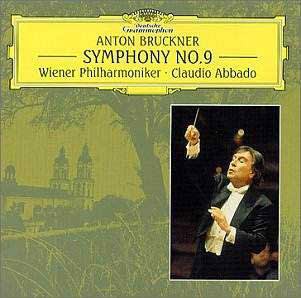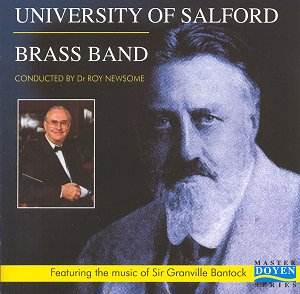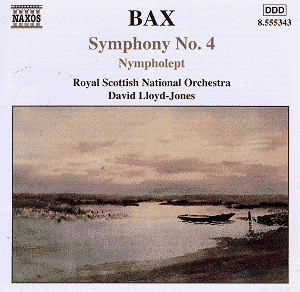 Composer: Anton Bruckner
Composer: Anton Bruckner
Works: Symphony No. 9 in D Minor
Performers: Vienna Philharmonic Orchestra, Claudio Abbado (conductor)
Recording: Recorded at the Musikverein, Vienna in November 1996
Label: Deutsche Grammophon 471 032-2
Bruckner’s Ninth Symphony, left incomplete at his death in 1896, stands as a monumental testament to his late compositional style, characterized by a profound spiritual quest and an exploration of symphonic architecture that echoes the grandeur of cathedrals. This symphony, often lauded for its emotional depth and structural complexity, presents an intriguing challenge for interpretation. Claudio Abbado’s recording with the Vienna Philharmonic Orchestra offers a distinctive reading of this masterwork, one that emphasizes lyrical beauty while prompting a reevaluation of its architectural integrity.
Abbado’s interpretation is rooted in a lyrical sensibility, a hallmark of his conducting style that both enriches and complicates the listener’s experience of Bruckner’s expansive sound world. The Vienna Philharmonic, a paragon of orchestral excellence, responds to Abbado’s direction with lush, sonorous playing. The brass sections, in particular, shine throughout the performance, delivering powerful, unyielding lines that maintain clarity and richness even in the most forceful passages. The recording captures this brilliance, although the close mic placement creates a somewhat blended sound that occasionally obscures the individual brilliance of the woodwinds, which, despite their somewhat subdued presence, still manage to inject moments of delicate color into the tapestry.
The first movement, marked by its dramatic contrasts and expansive thematic material, presents a dichotomy in Abbado’s approach. While he successfully avoids the coarseness that can plague lesser interpretations, this smoothing of transitions results in a loss of the stark, mountainous vistas that Bruckner’s music often evokes. The architecture of the movement, with its towering climaxes and profound silences, might benefit from a more pronounced delineation of these musical landscapes. For instance, the moments of anguished brass could have resonated with a greater sense of mystery—an effect more effectively captured by the likes of Wilhelm Furtwängler in his legendary 1944 Berlin performance.
As the symphony progresses into the Scherzo, Abbado reveals a commanding sense of rhythm and intensity. The Vienna Philharmonic’s brass players, shedding any semblance of restraint, unleash a formidable sound, delivering the material with a ferocity that is thrilling. The orchestral blend here is particularly effective, showcasing the ensemble’s ability to switch from power to nuance seamlessly. Such contrasts exemplify Bruckner’s inherent dramatic language, which Abbado navigates with confidence, though he remains less inclined than some of his predecessors to exploit the more extreme dynamic shifts that define the work.
The Adagio emerges as the emotional heart of the symphony, where Abbado’s interpretative choices align beautifully with Bruckner’s lyrical intentions. Here, the conductor shapes the themes with warmth and sincerity, capturing the humanistic qualities that Bruckner imbued in the score. The strings, with their characteristic saturation, soar in this movement, manifesting a profound sense of longing that resonates deeply. However, the sense of spirituality and transcendence that one might expect remains somewhat muted, hinting at Abbado’s preference for the personal over the divine.
This recording of Bruckner’s Ninth is not without its merits, offering an interesting perspective on a symphony that has seen countless interpretations. While it does not supplant the towering references set by Karajan or Furtwängler—whose readings reveal a more expansive architecture and a greater embrace of the spiritual elements—it undeniably stands as a unique and rewarding interpretation. Abbado’s lyrical Bruckner invites listeners to engage with the music on an emotional level, even as it challenges the traditional perceptions of this monumental symphonic work. It is a performance that, while perhaps not the definitive rendition, certainly deserves a place in the pantheon of Bruckner recordings for its distinctive view and the sheer beauty of its execution.



